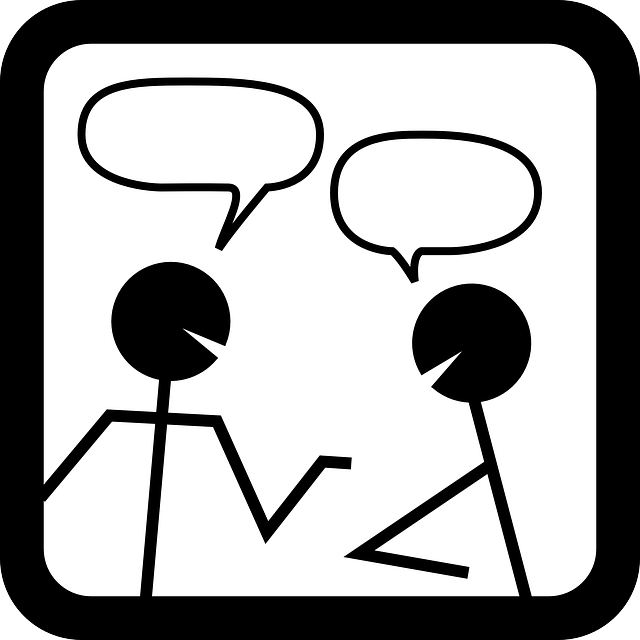The experience of a panic attack can be incredibly scary. As these episodes can make a person feel as though they are having a medical crisis or even dying, it can be extremely difficult to live with the fear of when and where the next panic attack might possibly occur.
Perhaps you are having challenges with attending or remaining in school due to anxiety that a panic attack might occur during class. The thought of having a panic attack when others might notice can exacerbate worry over the potential of feeling embarrassed or judged by your peers.
Whether you have already sought professional support for panic attacks or have not yet taken this step, this article will help you to identify the warning signs of a panic attack and establish a plan for managing panic symptoms at school.
What Does a Panic Attack Look Like?
Recognizing the signs of a panic attack can help you to identify what you are experiencing as soon as symptoms start to emerge.
Panic attacks are sudden episodes of intense fear that are accompanied by overwhelming physical symptoms such as rapid heart rate, chest pain or discomfort, shortness of breath, dizziness, trembling or shaking and feelings of losing control.
Experiencing recurring panic attacks as well as fear around when the next panic attack will occur may indicate the presence of panic disorder. For more information about panic disorder, click here.
Planning Ahead
If you have a history of panic attacks, you might consider talking to your instructors to let them know that you may need to leave abruptly in the middle of class if you experience symptoms.
You might try sitting closer to the door so that you can easily step out of the room without others noticing. Just knowing that you have the ability to remove yourself if symptoms emerge can help ease your mind, as you know you will be able to take a break and engage in your coping skills if need be.
In the Moment
During a panic attack, focus on utilizing coping strategies such as deep breathing, mindfulness, muscle relaxation or visualization. It may take time to determine which coping strategies work best for you in times of panic.
If you begin to feel anxious and decide to remain in the classroom, you might engage in deep breathing or grounding techniques that can be done where you are without others noticing.
One helpful grounding technique is called the 5-4-3-2-1 method, in which you identify five things you hear, four things you can touch, three things you hear, two things you can smell and one thing you taste. Grounding techniques are beneficial for connecting back to the present moment.
If you have decided to step out of the room and take a break, consider calling a supportive friend or family member, taking a short walk around the building, or listening to music for several minutes.
One of the most important things to do during a panic attack is to remember that as urgent as the symptoms feel, you are not in danger. This can be difficult at the moment as you may feel a sense of impending doom like you are losing control or even dying.
Try to reassure yourself that what you are experiencing is characteristic of a panic attack and the uncomfortable sensations will pass.
Following a Panic Attack
If you are continuing to experience panic attacks that are disrupting your daily functioning, consider seeking the support of a mental health professional.
Many schools and universities offer counseling services that can support you in managing your mental health as a student. Therapy and/or medication may be recommended in order to reduce the frequency and intensity of panic symptoms.





No Comments